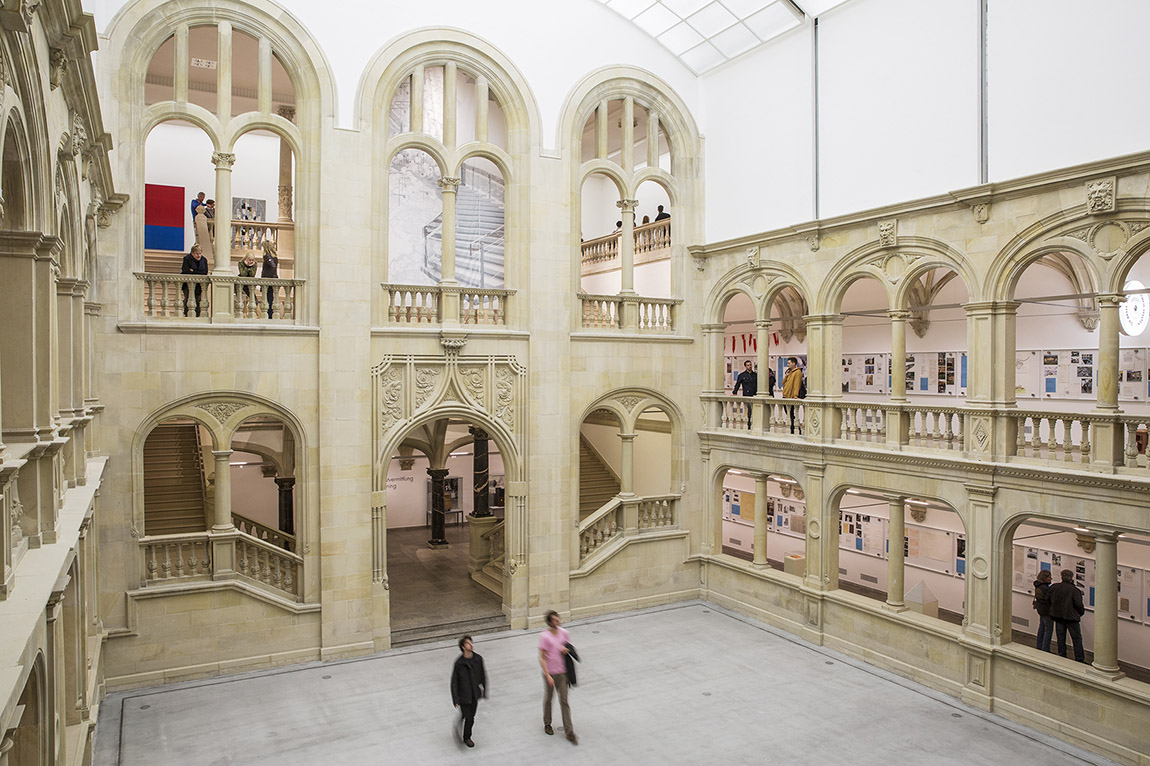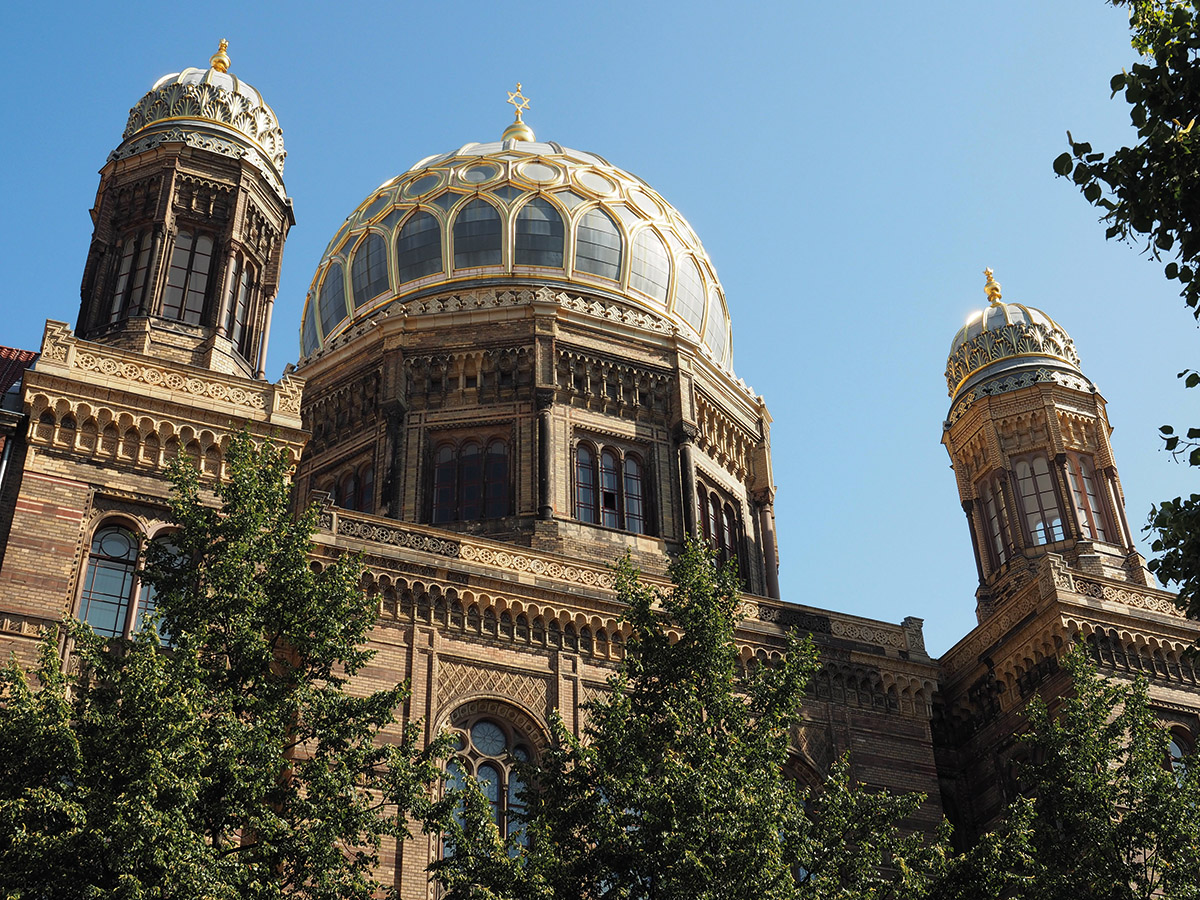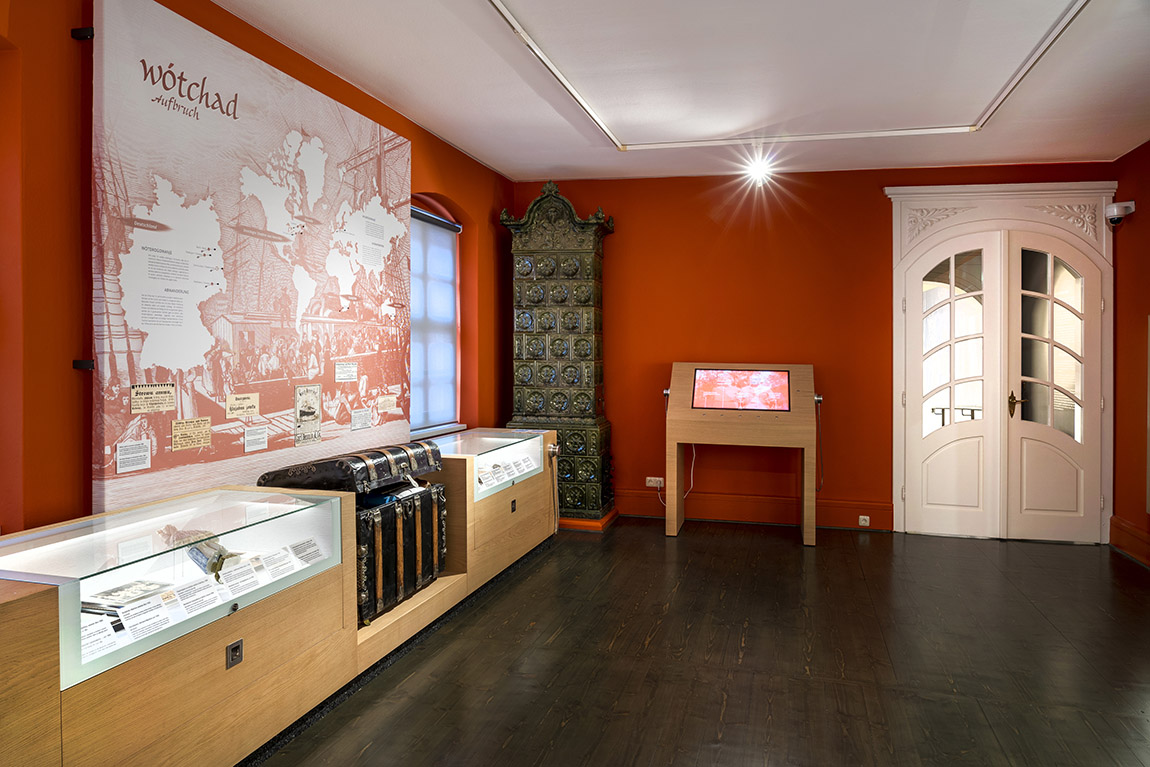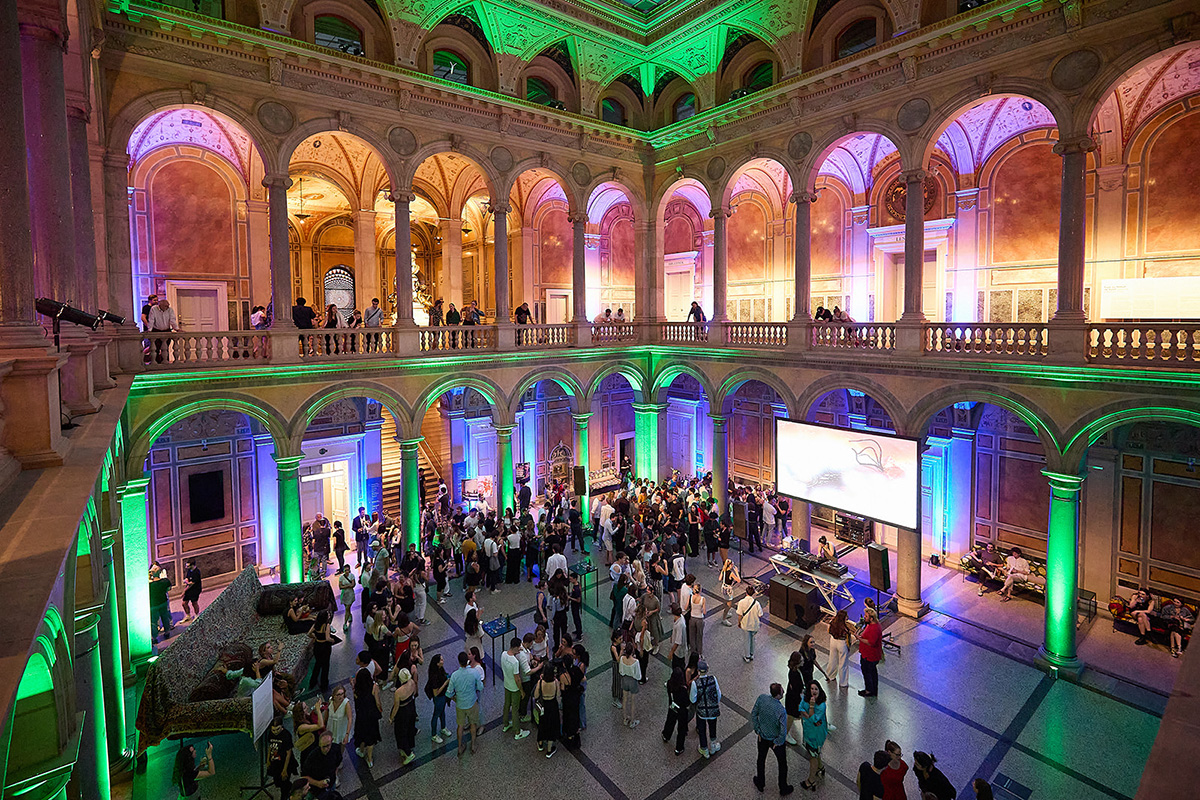Gustav Klimt
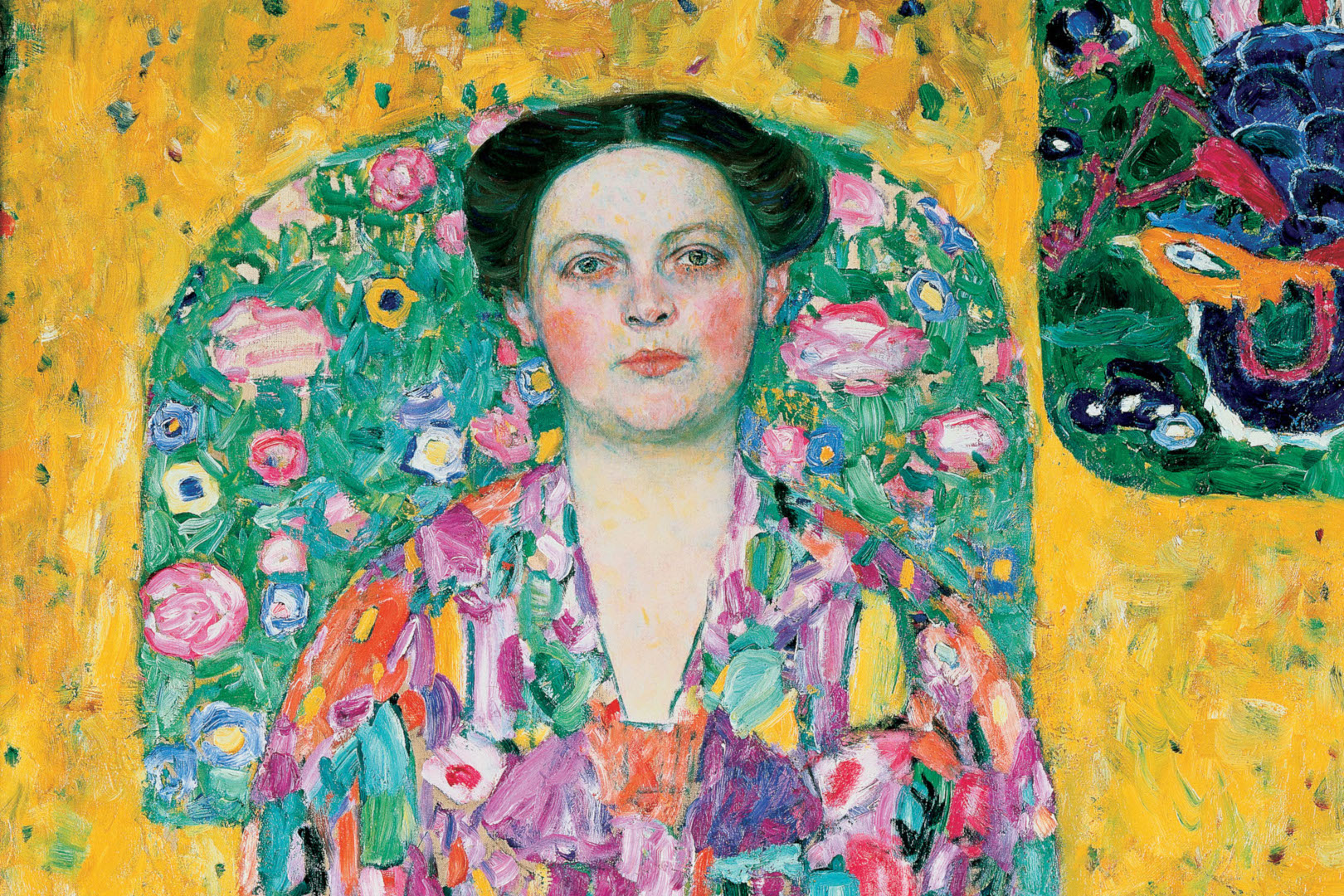
A unique exhibition commemorating the centenary of his death
TEXT: JESSICA HOLZHAUSEN
Since 1945 there have been only four exhibitions with Gustav Klimt’s work in Germany. The more important is that the Kunstmuseum Moritzburg Halle (Saale) celebrates the centennial of his death with the only special exhibition in Europe outside Austria. With 12 paintings and more than 40 drawings the exhibition shows the whole spectrum of the artist’s work.
Today, Gustav Klimt is not only known as the most important representative of Vienna art nouveau, but with his distinctive style, he is unique in the European art history. Only four of his paintings today are actually held in a German museum collection – one in the Moritzburg Art Museum Halle (Saale): the Portrait of Marie Henneberg, painted in 1902. The painting was the starting point for the exhibition that among others shows preliminary studies for the painting illustrating how the artist worked. This formation process is also in focus when it comes to other loans displayed in the exhibition. It is like time travelling through the different stages of Klimt’s artistic development, from the academic beginnings to his late works – presenting among others the outstanding portraits of Vienna’s society ladies, loans from the US, Austria and Japan.
The second focus lies on the couple Marie and Hugo Henneberg. Next to interior from their former Villa in Vienna the museum shows Hugo Henneberg’s early black and white photographs and lino prints. As a photographer he introduced the innovative gum bichromate process, a photographic imaging process.

Gustav Klimt: Portrait of Marie Henneberg, c.1902, oil on canvas, 140 x 140 cm, Kunstmuseum Moritzburg Halle (Saale), Photo: Punctum/Bertram Kober
Gustav Klimt: Eine einzigartige Ausstellung zum 100. Todestag des Wiener Jugendstil-Meisters
Gerade einmal vier Ausstellungen mit den Werken von Gustav Klimt gab es seit 1945 in Deutschland. Umso herausragender ist es, dass das Kunstmuseum Moritzburg Halle (Saale) zum 100. Todestag des Künstlers die einzige Sonderausstellung in Europa außerhalb Österreichs präsentiert. Mit 12 Gemälden und mehr als 40 Zeichnungen veranschaulicht die Schau das gesamte Schaffen des Künstlers.
Gustav Klimt gilt heute nicht nur als der bedeutendste Vertreter des Wiener Jugendstils, sondern ist mit seinem unverwechselbaren Stil einzigartig in der europäischen Kulturgeschichte. Gerade einmal vier seiner Gemälde hängen in deutschen Museen – eines davon im Kunstmuseum Moritzburg Halle (Saale): Das Bildnis der Marie Henneberg, entstanden um 1902. Dieses Porträt ist der Ausgangspunkt der Ausstellung, die unter anderem durch verschiedene Vorstudien und vorbereitende Blätter zeigt, wie der Künstler arbeitete. Dieser Entstehungsprozess steht auch bei den anderen gezeigten Leihgaben im Fokus. Es ist eine Zeitreise durch verschiedene Schaffensphasen, von den akademischen Anfängen hin zu den letzten Jahren künstlerischer Arbeit – entlang herausragender Porträts von Damen der Wiener Gesellschaft, Leihgaben unter anderem aus den USA, Österreich und Japan.
Der zweite Fokus der Schau liegt auf dem Ehepaar Marie und Hugo Henneberg. Neben Einrichtungsgegenständen aus ihrer ehemaligen Villa in Wien zeigt das Museum auch frühe Schwarz-Weiß-Fotografien und Linoldrucke Hugo Hennebergs, denn als Fotograf verbreitete er seinerzeit das neueste fototechnische Bildgebungsverfahren des Gummidrucks.

Anonymous: Hall of the villa Josef Hoffmann built for the Henneberg couple on the Hohe Warte in Vienna. Built in over the fireplace the Portrait of Marie Henneberg, c. 1903, Photo: IMAGNO/Austrian Archives
Subscribe to Our Newsletter
Receive our monthly newsletter by email

